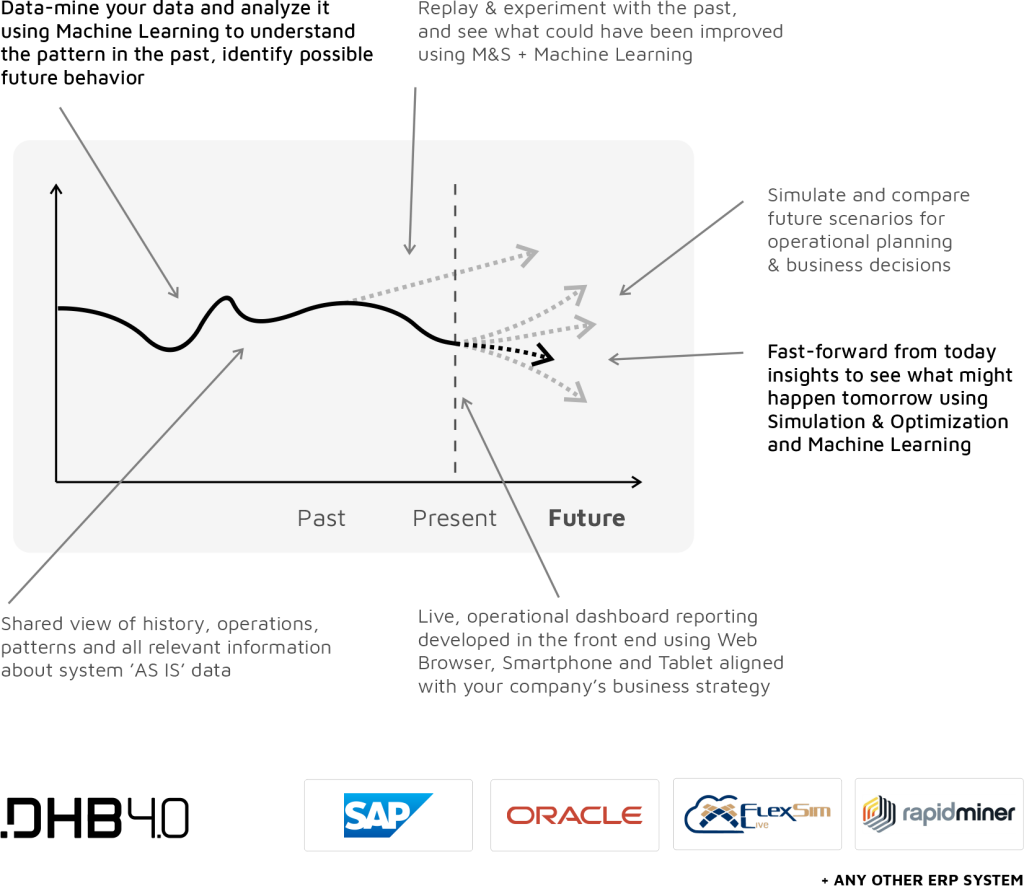Pharmaceutical companies can play a central role in the digital revolution of healthcare. But capturing this opportunity requires identifying the right initiatives. Pharmaceutical companies are running hard to keep pace with changes brought about by digital technology. Mobile communications, the cloud, advanced analytics, and the Internet of Things are among the innovations that are starting to transform the healthcare industry in the ways they have already transformed the media, retail, and banking industries. Pharma executives are aware of the disruptive potential and are experimenting with a wide range of digital initiatives. Yet many find it hard to determine what initiatives to scale up and how, as they are still unclear what digital success will look like five years from now. This article aims to remedy that. We believe disruptive trends indicate where digital technology will drive the most value in the pharmaceutical industry, and they should guide companies as they build a strategy for digital success.
Advanced analytics, sensors, and the automation of complex decisions can deliver a step-change in the efficiency, speed, quality, and responsiveness of business processes in all industries. The pharmaceutical industry is no exception. To thrive in a digital world, pharma companies will need to deploy next-generation technologies to streamline their business processes. They need to achieve near real-time transparency of their clinical-trials portfolio in R&D, for example, and frictionless sales and operations planning in the supply chain, as well as meet new expectations in efficiency and agility from customers, employees, patients, and suppliers.
Against this backdrop, we believe there are four main areas where digital developments will drive value for pharma companies, building on what we see as the key components of digital success—an ability to deliver more personalized patient care, engage more fully with physicians and patients, use data to drive superior insight and decision making, and transform business processes to provide real-time responsiveness.
Companies do not have to become leaders in all four areas across the enterprise—some will deliver more value than others in relation to any given disease, depending on market dynamics and their portfolio. But to decide where to concentrate their efforts, they do need to develop a point of view on each area’s potential to transform their commercial and innovation models. To help in these decisions, we sketch here a picture of how we believe successful pharma companies will operate in each area in the near future.
The ability to personalize interactions with stakeholders is a key value driver of digital technology in any industry. In pharma, this value will be realized in large part through the use of sensors and digital services to provide tailored care around the clock.
Within five to seven years, a significant proportion of the pharmaceutical portfolio will create value through more than just drugs. Many drugs will be part of a digital ecosystem that constantly monitors a patient’s condition and provides feedback to the patient and other stakeholders. This ecosystem will help improve health outcomes by tailoring therapy to a patient’s clinical and lifestyle needs and enable remote monitoring by health professionals of a patient’s condition and adherence to treatment. There is already a plethora of wireless sensors on the market to measure a patient’s biophysical signals. Combining these with other data about patients as they go about their daily lives—nutritional information collected by a smart refrigerator, for instance, or exercise information from smart gym weights—will allow real-time alerts to be issued to caregivers and physicians when there is a need for intervention.

For example, a care plan for a Parkinson’s patient might include a medication regimen with “chip on a pill” technology to monitor drug-taking along with a smartwatch that monitors the patient’s condition, sends him or her reminders to adhere to the prescribed treatment, and sends the neurologist compliance and health-status reports. The neurologist can then coach patients on lifestyle changes or even customize therapy remotely. Such digitally-enabled approaches to patient care are likely to improve outcomes to the extent that they could become a condition of reimbursement, particularly for expensive specialty drugs.
Medication itself will of course still be important. But it will be more personalized, targeting the needs of each patient with greater precision than before. Advanced data analytics that mines electronic medical records, including diagnostic results, medication history, and genomic, proteomic, and gene-expression data will help identify optimal therapies and predict how individual patients will respond to treatment.

We have outlined some areas in which we believe DHB4.0 will drive the most value for pharma companies. The areas leverage digital innovation to make products and services more personalized, physicians and patients more engaged, decisions and product evidence more data-driven, and business processes more immediate. To capture this value, each company will need to consider how its businesses are set to be affected by the digital changes underway and then chart its own course accordingly. A better understanding of what digital success looks like will help companies get to their destination: improved innovation and commercial models for pharma companies and better care for patients.


North America: +1 (645) 221.6090
Europe: +351 (920) 799.717
LATAM: +55 (19) 9 8251.9536